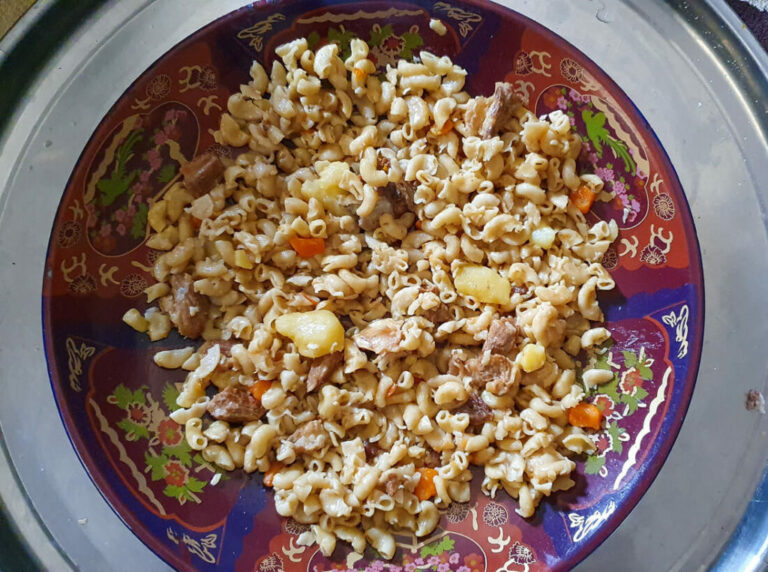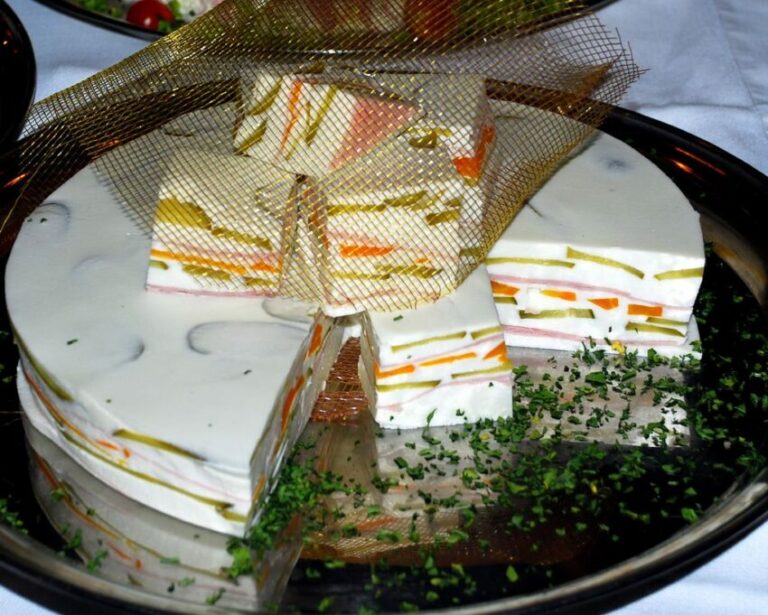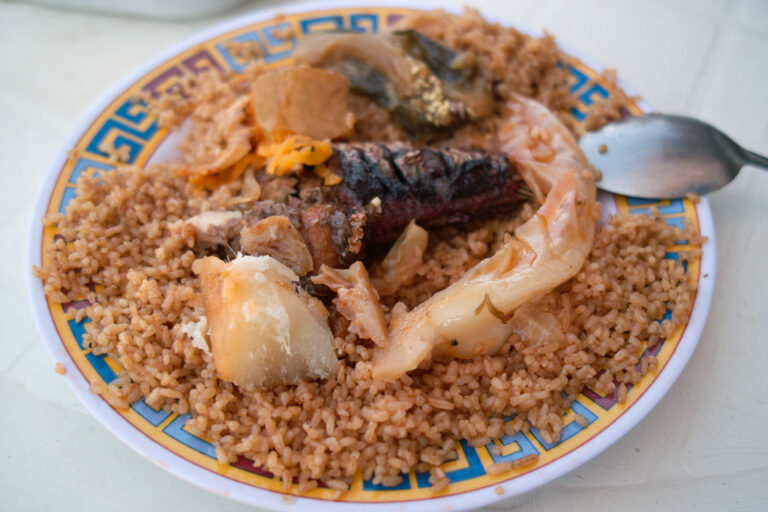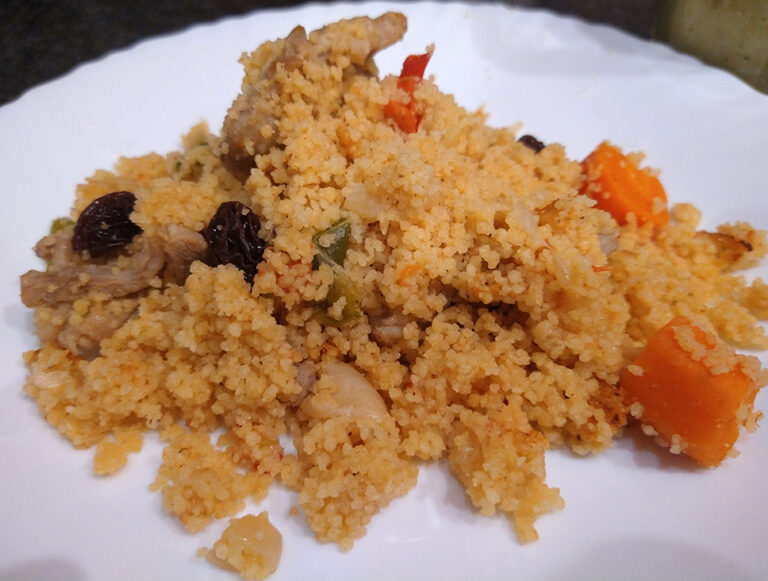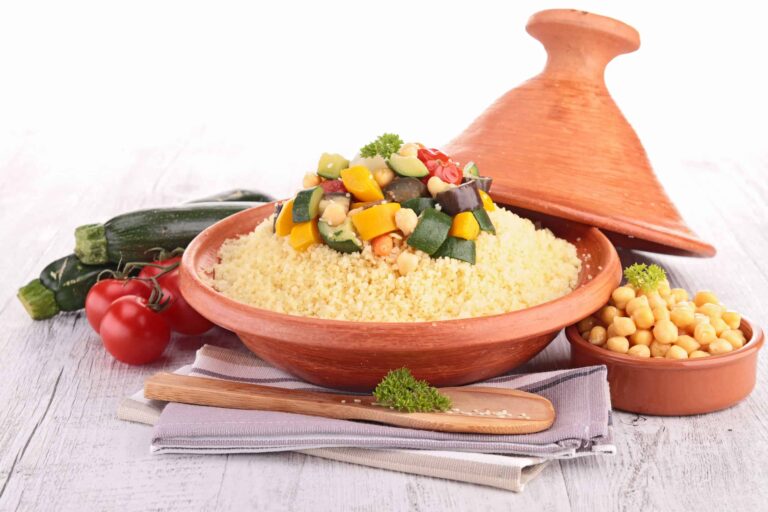Introduction: Exploring the Cuisine of Mauritania
Mauritania, located in West Africa, is known for its unique cuisine that reflects both its desert landscape and its cultural history. The traditional dishes of Mauritania are heavily influenced by its nomadic and Bedouin past, with an emphasis on simple, hearty ingredients that can sustain people on long journeys. Today, Mauritanian cuisine remains largely unchanged, with dishes that are both flavorful and filling.
Traditional Mauritanian Dishes: A Glimpse into the Culture
Some of the most popular Mauritanian dishes include thieboudienne, a hearty rice and fish dish that is often considered the national dish of Mauritania, and chebby, a type of couscous that is served with meat or fish. Other popular dishes include maroof, a type of stew that is made with lamb or beef, and boulette, which are spiced meatballs that are often served with a tomato-based sauce. These dishes are often accompanied by a variety of side dishes, such as salads, breads, and dips.
Ingredients of Mauritanian Cuisine: What Makes It Unique?
One of the key ingredients of Mauritanian cuisine is millet, a type of grain that is commonly used in breads and porridges. Other popular ingredients include fish, lamb, and beef, as well as a variety of vegetables such as tomatoes, onions, and carrots. Spices are also an important part of Mauritanian cooking, with blends such as ras el hanout and baharat used to add flavor and depth to dishes.
Cooking Techniques in Mauritania: From Grilling to Stewing
Mauritanian cuisine is characterized by a variety of cooking techniques, from grilling to stewing. Grilling is popular for meats, particularly lamb, while stews are often made with fish or beef. Many dishes also incorporate a technique called barh, which involves cooking food in a sealed pot with steam. This helps to create tender, flavorful dishes that are perfect for sharing with family and friends.
Cookbooks and Online Resources: Learning More about the Cuisine
There are a number of resources available for those who want to learn more about Mauritanian cuisine, including cookbooks and online resources. One popular cookbook is “Mauritanian Cuisine: Recipes from the Sands of the Sahara” by Fatéma Hal. Online resources such as blogs and social media accounts can also be a great way to learn more about Mauritanian cooking techniques and recipes.
Hands-On Learning: Cooking Classes and Food Tours in Mauritania
For those who want a more hands-on experience, there are a number of cooking classes and food tours available in Mauritania. These experiences offer the opportunity to learn from local cooks and chefs, as well as to sample a variety of traditional dishes. Some popular food tours include the Nouakchott Street Food Tour and the Assaba Food Tour, while cooking classes can be found in cities such as Nouakchott and Nouadhibou.


